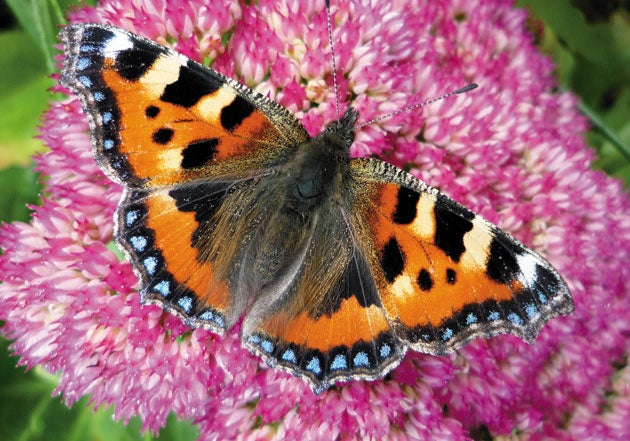
Your support helps us to tell the story
From reproductive rights to climate change to Big Tech, The Independent is on the ground when the story is developing. Whether it's investigating the financials of Elon Musk's pro-Trump PAC or producing our latest documentary, 'The A Word', which shines a light on the American women fighting for reproductive rights, we know how important it is to parse out the facts from the messaging.
At such a critical moment in US history, we need reporters on the ground. Your donation allows us to keep sending journalists to speak to both sides of the story.
The Independent is trusted by Americans across the entire political spectrum. And unlike many other quality news outlets, we choose not to lock Americans out of our reporting and analysis with paywalls. We believe quality journalism should be available to everyone, paid for by those who can afford it.
Your support makes all the difference.Along with the “cabbage whites”, this has long been among the most well-known of Britain’s butterflies, widespread and common in many gardens in spring and autumn, often in large numbers.
But over the last decade it has dropped in numbers alarmingly and in some places has disappeared.
Larval foodplants: stinging nettles.
Where seen: almost any habitat, from city centres to mountain tops.
Current conservation status: Decrease of 59 per cent 1976–2008, with a steeper decline over the last decade, possibly due to new parasite ITALS Sturmia bella ITALS, though other factors may be involved.
Join our commenting forum
Join thought-provoking conversations, follow other Independent readers and see their replies
Comments